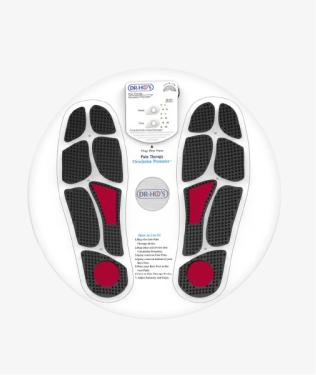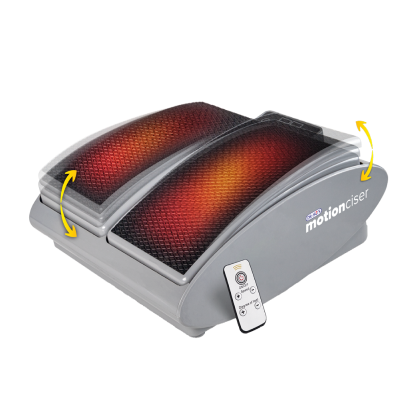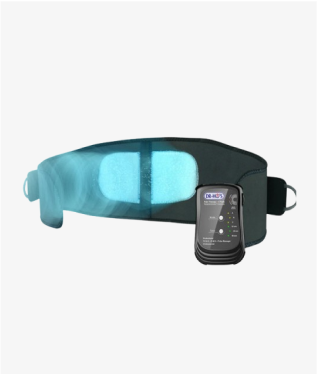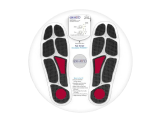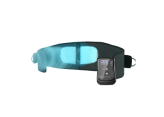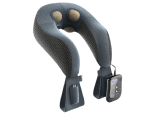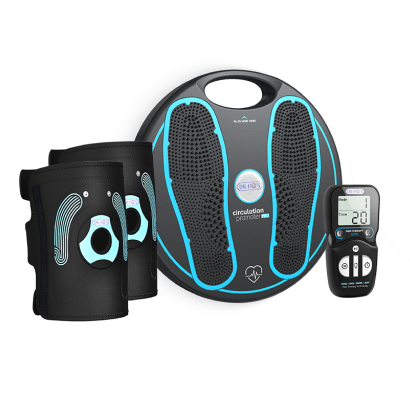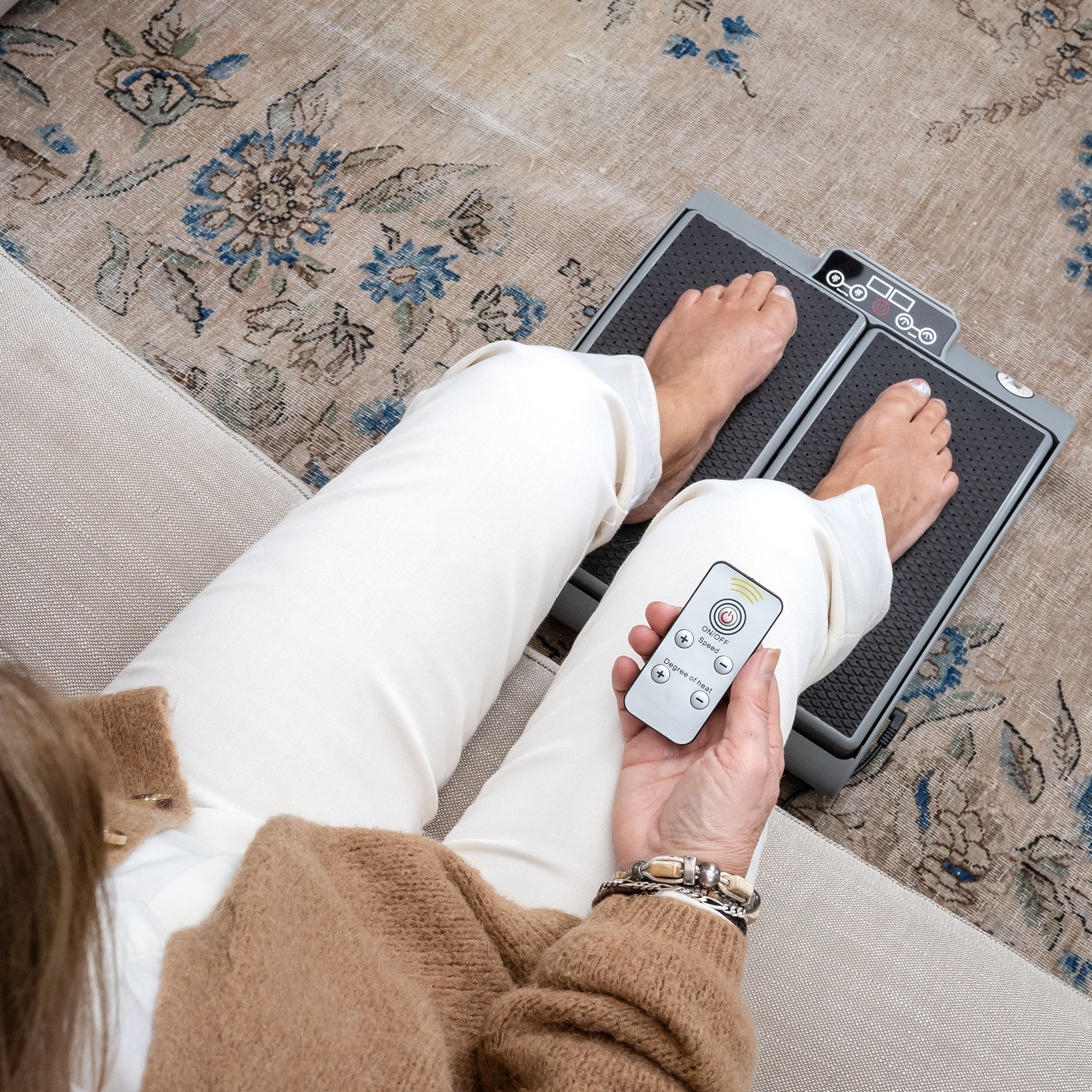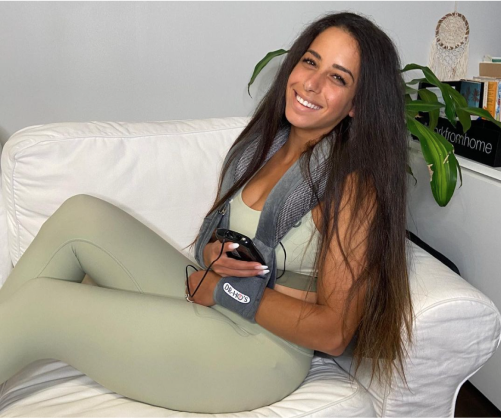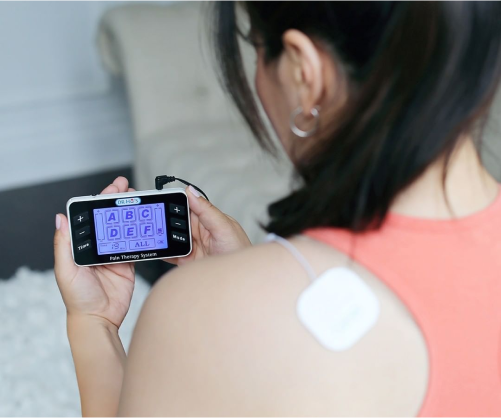Can Back Decompression Therapy Help Back Pain?
Dealing with back pain? You’re not alone. People of all ages can experience back pain due to a variety of causes. Conditions such as spinal stenosis can lead to narrowing of the spinal canal, causing pain and discomfort that impacts daily life. And although everyone experiences it differently, it’s undeniable that back pain can be intrusive in your daily life, goals, overall lifestyle and outlook — back pain is more than just a nuisance.
Finding ways to manage and relieve your pain is important in helping yourself live a healthy, happy lifestyle. While you may not be able to “cure” your pain for good, there are strategies that can certainly help you keep pain out of the way.
More specifically, Back Decompression Therapy can help you reduce some of your discomfort, so you can get back to doing the things that you love. Keep reading to learn more about how back decompression can work to help back pain sufferers!

What is Spinal Decompression Therapy?
Spinal decompression therapy involves gently stretching the spine using specialized equipment to relieve pressure on spinal discs and nerves. Back Decompression Therapy refers to a natural and drug-free method of pain relief that involves stretching and repositioning the spine. This non surgical method is considered a non surgical solution for back pain, providing an alternative to invasive procedures. Spinal decompression treatment is typically administered by healthcare providers and an experienced team to ensure safety and effectiveness, with a patient's overall health taken into account during treatment planning. CT scans are often used as diagnostic tools to assess spinal conditions, such as the narrowing of the spinal canal in spinal stenosis.
During the therapy session, patients lie on a mechanical table while motorized traction or traction therapy is applied. These methods use computer-controlled devices to gently stretch the spine. Spinal decompression works by creating negative pressure within the spinal discs, which helps retract bulging or herniated discs and relieve pressure on nerves. This process reduces spinal compression, alleviates chronic pain, and addresses related symptoms like numbness or tingling.
Decompression Therapy has two main benefits for back pain sufferers:
-
The deep stretch elongates and repositions the spine, helping to take the pressure off of spinal discs, joints and other tissues found in the spine. It allows bulging or herniated spinal discs to retract and reposition themselves in order to alleviate pain symptoms. This also helps in relieving pressure and can improve spinal health by enhancing postural alignment and joint mobility.
-
Stretching the spine and alleviating pressure allows for more room in-between vertebrae for water, oxygen, blood and other nutrients to flow to spinal discs and promote healing.
Decompression Therapy is thought to help with the following over time:
-
Stretching tight muscles in the back to temporarily ease back stiffness and muscle aches
-
Promoting better flexibility and range of motion, which can lead to a more efficient recovery
-
Elongating the spine — taking pressure off of tight muscles, relieving nerve compression and increasing local circulation
-
Strengthening back muscles and the core to stabilize and support the lower back, which can help prevent flare-ups and back spasms
-
Relieving pressure on spinal discs and nerves to reduce pain and promote healing
-
Improving spinal health by enhancing postural alignment, joint mobility, and muscle flexibility
Spinal decompression treatment can be combined with other therapies, such as physical therapy, to further improve strength, movement, and recovery. Physical activity is also important in maintaining spinal health and supporting long-term recovery. Compared to other treatments, spinal decompression is a non-invasive option, and surgery is typically considered only if these other therapies are ineffective.

Back Decompression Therapy is often used by health professionals to help alleviate back pain symptoms.
Back Decompression Therapy is a practice that is often performed at back pain specialist and chiropractic clinics. The procedure usually involves either lying down or face-up on a mechanical table where the specialist fits you with a harness around the pelvis and lower back. From there, a device is used to gently stretch out the spinal discs and create negative pressure. Sessions can take 30-45 minutes each over the course of several weeks.
Healthcare professionals have used this non-surgical, spinal decompression method to address the following concerns:
- Back pain in the upper or lower back
- Sciatic nerve pain or pinched nerves
- Bulging, herniated disks or degenerative disk disease
- Worn spinal joints
- Spinal injuries
Conditions That May Benefit from Back Decompression Therapy
Spinal decompression therapy is a non-surgical treatment that can offer significant relief for a variety of spinal problems. Many patients suffering from chronic back pain due to degenerative disc disease, spinal stenosis, herniated discs, or other cervical and lumbar conditions have found that spinal decompression therapy offers a gentle and effective way to relieve symptoms. These symptoms often include persistent back or leg pain, numbness, tingling, or even weakness in the arms or legs.
By gently stretching the spine, spinal decompression therapy works to create negative pressure within the spinal discs. This process relieves pressure on the spinal cord and nerve roots, which can help reduce pain and promote healing. As the pressure is relieved, nutrient-rich fluids are able to flow more freely into the spinal discs, supporting the body’s natural repair processes.
Spinal decompression is especially beneficial for those with conditions like herniated discs or degenerative disc disease, where taking pressure off the affected area can provide long-lasting relief. Many patients report improved mobility and a reduction in chronic back pain after just a few sessions. Because this non-surgical treatment is designed to be gentle, it is suitable for a wide range of individuals looking to improve their spinal health and overall quality of life.
If you are experiencing back or leg pain related to cervical or lumbar conditions, spinal decompression therapy may be an effective option to relieve symptoms and help you get back to your daily activities.
Try Back Decompression Therapy from the comfort of home!
All of that may sound complicated, but it doesn't have to be; back pain sufferers can experience back decompression therapy from home without any of the hassle. There's a wide variety of spinal decompression devices on the market that can help you find temporary relief from your back pain symptoms. Continue reading to find three back decompression products that you can try comfortably from home!
1. Back Stretcher
A simple, no-fuss way to theoretically get some of the benefits of spinal decompression is with a back stretching device. The user places the device on solid ground and arches their back over it, stretching out the spine. Some back stretchers can feature acupressure-like bumps that help with feel-good relief. While a back stretcher is easy to use and portable too, its ability to decompress the spine effectively may be questionable.

2. Inversion Table
Inversion therapy via an inversion table essentially uses the pull of gravity to help the user feel the effects of spinal decompression. The user straps themself into an inversion table and gently tips backward until their head is lower than their chest. In this position, the user should feel the stretch in the spine.
While this sounds easy enough, inversion therapy does not come without warnings and hazards. Those with heart or eye disease should not use an inversion table as it can cause an increase in blood pressure. It can also make the user feel dizzy or light-headed. What's more, it's recommended to have someone spot you for safety as you may not be able to tip back down on your own if you go too far.

3. DR-HO'S 2-in-1 Back Relief Decompression Belt
DR-HO’S 2-in-1 Decompression Belt is a wearable, easy-to-use device that provides back traction and decompression to help relieve back pain. The belt is unlike any other support or back pain belt because it allows users to experience Decompression Therapy including Spinal Traction safely and comfortably from home.
Spinal Traction is a form of Decompression Therapy that helps relieve pain associated with spinal pressure. Individuals with herniated discs, sciatica, degenerative disc disease, pinched nerves and many other back conditions are likely familiar with this kind of pain.
When the decompression belt is inflated, it acts as a spinal traction device that gradually stretches the spine, creating more space between spinal discs and thus alleviating pain associated with this pressure. Also, wearing the belt when it's deflated helps provide structural support for your spine and lower back. Best of all, the deflated belt fits comfortably underneath clothes so you can feel supported even as you go about your day.

Potential Risks and Side Effects of Back Decompression Therapy
While spinal decompression therapy is widely regarded for its non-invasive nature and effectiveness, it’s important to be aware of potential risks and side effects before starting treatment. Most patients find it to be a comfortable and well-tolerated option, especially when compared to surgery or long-term medication.
During the initial sessions, it’s normal to experience mild soreness or discomfort as your body adjusts. These effects are usually temporary and decrease as your treatment is personalized to your needs. In rare cases, some individuals may feel increased pain or irritation, but this is typically short-lived.
To ensure the highest level of safety, it’s important to work with an experienced provider using advanced computerized traction systems. This helps minimize risks such as tissue irritation or discomfort, and ensures the therapy is delivered with precision. While extremely rare, more serious side effects like osteophyte removal or tissue injury can occur, which is why professional supervision is essential.
Compared to surgery, spinal decompression therapy offers a safer, low-risk alternative with no incisions, anesthesia, or downtime. By staying informed and maintaining open communication with your healthcare provider, you can enjoy the benefits of treatment while ensuring your care plan remains safe and effective.
Take steps today to feel better tomorrow.
We hope that this information on back decompression therapy helps you find a meaningful method of pain relief, so that you can start feeling more like yourself sooner!

Disclaimer: DR-HO'S content is intended for informational purposes only and should not be taken as medical advice. Please consult a certified medical professional for diagnosis and treatment recommendations.


